Land Inside moved to a new address
Posted by Catalina L. George in Uncategorized on 25 January 2018
As I progressed with my MA in Online Journalism and published most of my journalistic work on Birmingham Eastside, I needed a new professional website. Land Inside now displays its own domain name and it uses a Facebook page to reach users and supporters.
Have a quick look at the front page of the website and click on the link below to visit.
You can find me here now: www.landinside.co.uk.
Follow me on Facebook: https://www.facebook.com/landinside/.
See you there!
Mashable, BuzzFeed, Politico&co – the names of online success
Posted by Catalina L. George in journalism on 8 March 2016
Steve Buttry, Director of Student Media at Louisiana State University, identifies the most successful online media products in both terms of content and popularity.
With 40 years experience in news, and recently 4 years as a Digital Transformation Editor with Digital First Media, Steve agreed to share his knowledge of the online publishing environment.
I asked him which are, in his opinion, the most successful online media products at the moment. He explained:
Many of the best projects are privately owned, so we don’t necessarily know how they are doing financially. For instance, I thought GigaOm was successful until it folded (and, I think it was, but even successful products don’t necessarily last forever.
His list includes names such as Mashable and Buzz Feed, but also big traditional outlets going digital, such as New York Times and Washington Post.
What are, in Steve’s opinion, the best online media outlets at the moment? He does not give a chart of the best, from 1 to 8, but a list:
- BuzzFeed
- Mashable
- Politico
- Vox
- Business Insider
- Bleacher Report
- SB Nation
- TMZ
Let’s look into each of these websites and their success.
BuzzFeed spins on the numbers of views
Who hasn’t heard about BuzzFeed?
Storming Facebook with everything from lists to news and quizes (a favourite pastime for many), the online media outlet boasts over 6.6 million followers for the main page only. Nowadays it has separate Facebook pages for sections such as BuzzFeed Food, BuzzFeed Video, BuzzFeed IRL and so on.
Founded in 2006 by Jonah Peretti, it has attracted a $50 million investment in 2014. But what does BuzzFeed owe its success to? Is it lists, quizes or food videos?
According to The Guardian, it gives users the things they want to know in a fun, user friendly way:
No, BuzzFeed didn’t invent the “listicle” and it didn’t invent quizzes. But since it launched in 2006, BuzzFeed has changed the digital landscape considerably.
From regional to national and international media, everyone’s trying to imitate it for one simple reason – what BuzzFeed does really does work.
Mashable goes to nearly 7 million followers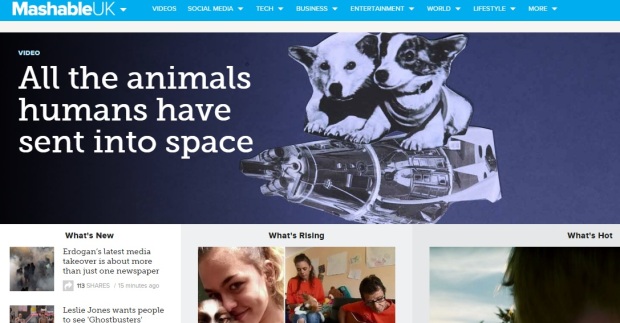
Mashable offers users content on social media, tech, business, entertainment and world news. With a focus on digitalized media, it currently has 6.8 million followers on Twitter and over 3.5 million followers on Facebook.
Started in 2005 by Pete Cashmore as a blog, it made it into Time’s best 25 blogs of the year in 2009. Forbes describes the website’s success since 2005:
Since then, Mashable quickly grew to be one of the top 10 and most profitable blogs in the world. Pete was named one of Ad Age’s 2011 influencers, a Time Magazine 100 in 2010, and a Forbes magazine web celeb 25. He was also named a Briton of the year by the Telegraph in 2010.
Its success has been explained as standing on the social media news it provides about the big giants in the industry, from Twitter to YouTube.
Besides, pandas are always fun.
Politico pledges for “fair and fun coverage of politics”
Started in 2008 by John Harris and Jim VandeHei, two reporters who had just left Washington Post, Politico publishes a manifesto type presentation:
We created POLITICO with a simple promise: to prove there’s a robust and profitable future for tough, fair and fun coverage of politics and government. To do this, we cling to a simple principle: always hire the most talented editors, reporters and newsroom staff and then set them loose on many platforms for modern media consumption: print, online, mobile, video and events.
Politico has over 1.3 million followers on Twitter and over 830,000 on Facebook.
However, it was never meant to be a mainly online project, as the founders wanted to circulate 24,000 free print copies, 3 days a week, from the very beginning. The print version is available in Washington DC.
Vox sets out to explain the news
Vox is yet another website started by a former Washington Post journalist, blogger and columnist Ezra Klein. The blogger joined Vox Media on January 2014, and 3 months later he launched Vox as editor-in-chief.
With over 600,000 followers on Facebook and over 350,000 on Twitter, Vox presents a type of journalism which is more opinion orientated.
According to Michael Lee, public policy analyst on Quora, this proves to be a risky approach:
Vox has a basic credibility problem, one resulting primarily from its boldly-stated mission to “explain the news.” Turns out that it’s harder to do that than they thought.
Business Insider hits big numbers in the UK
Started in 2007 by Internet entrepreneur Kevin P. Ryan and Wall Street analyst Henry Blodget, Business Insider did not hit success straight away. According to The New Yorker, by 2013 it got to the point of having 24 million unique users monthly, which placed the website at the top of business sites, with the big names of Wall Street Journal, Forbes and Bloomberg.
The website became the best business site in the UK, outrunning them.
Bleacher Report gets the community involved
Founded in 2008 by Bryan Goldberg, David Finocchio, David Nemetz and Zander Freund, Bleacher Report reached 20 million unique visitors by 2011. The website specialized in analysis type content as well as multimedia and amateur written sports content.
The success of the website has been explained exactly by getting the community involved, according to Times:
At Bleacher Report, the sports reporting isn’t performed by a tiny staff of full-time journalists — it’s done by thousands of fan-contributors, which is why it feels so deep and so passionate. The standard of quality is markedly higher than at some community-created news hubs, where “citizen journalist” can be a synonym for “poorly paid amateur.”
SB Nation stands on 300+ blogs
SB Nation started as Sports Blogs, in 2005, and involved amateurs blogging about sports. By 2010 it reached over 300 blogs attracting 8 million unique visitors a month, and it was aquired by Vox Media in 2011.
With its long standing history, the website has known a few relaunches and redesigns. The most recent change of face was last September. According to Vox Media CEO, Jim Bankoff, the design weighs heavy in its success:
“I think content trumps all,” says Vox Media CEO and Chairman Jim Bankoffwhile we discussed the company’s SB Nation property, “but design and interactivity can really help tell a story in a more powerful way.”
TMZ takes celebrity news to another level
Celebrity news website TMZ was founded in November 2005 and broke some good stories by the following year. Its name standing for “thirty miles zone”, a term used in the 60’s in Hollywood, due to industry growth, it got Paris Hilton’s hit-and-run on the web, as well as Mel Gibson’s arrest and anti-semitic statements back in 2006.
Featuring page after page of content on big celebrity names, TMZ brought the news of Michael Jackson’s death online before the coroner’s statement. However, the website has been criticised for its tactics, as well as for not respecting people’s dignity and ethic issues over publishing sensitive content.
There are a few examples of successful local websites which Steve Buttry names, as well as of big traditional outlets which broke the web. A blog post on these will follow shortly.
Is freelancing a strong option for multimedia journalists?
Posted by Catalina L. George in journalism on 6 March 2016
Multimedia journalists today have the opportunity to publish without being dependant on a traditional media platform. But does it really work? What are the chances for a free lance career?
Success stories out there show that journalists can take freelancing a step further. Mashable expanded to the point where it was named one of the top 10 most successful and profitable blogs in the world. BuzzFeed attracted $50 million investment in 2014 and boasts 200 million monthly unique visitors, among other figures.
But can one freelance journalist achieve the same?
Can the success of YouTube vloggers such as Tanya Burr and MaximBady happen for freelance digital journalists?
I have asked Xaquin Gonzalez, head of Guardian Visuals, and Steve Buttry, Director of Student Media at Louisiana State University, about freelancing. They both pointed to the difficulty of managing a freelance career in digital journalism today.
Strong digital skills come first
Xaquin Gonzalez has always worked as part of a team. His experience includes being the Director for Interactive Graphics at El Mundo, in Spain, then being a Graphics Editor for New York Times and a Senior Editor with National Geographic.
Xaquin highlights what the pros and cons of a freelance career are:
It may be a beautiful thing not to have the pressures of an editorial line, more flexibility for experimentation, but different deadlines, some good, some bad, and often less resources. I know that getting enough resources and financing projects is tough for freelancers, but there’re plenty of successful examples out there.
Steve Brutty seems to be more optimistic about it. First, the digital journalist has to know the industry very well in order to succeed. Steve explains:
Freelancing has never been easy. Staff cuts in TV operations and the proliferation of digital sites using video may present new opportunities for multimedia journalists. Certainly a freelancer today can add value for potential clients by developing strong video and multimedia skills.
Would you choose freelancing?
What is your opinion on this?
Would you rather strive to turn your own blog or YouTube channel into a success story? Or would you rather follow a career path with a big, already established media outlet?
What would you base your chance on?

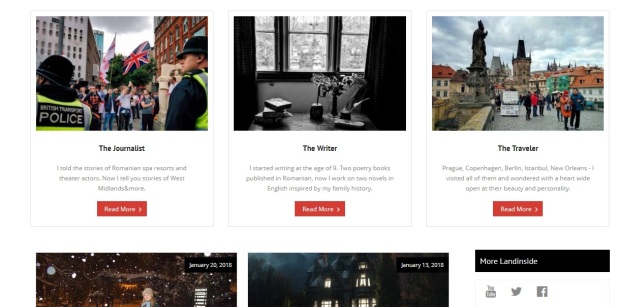

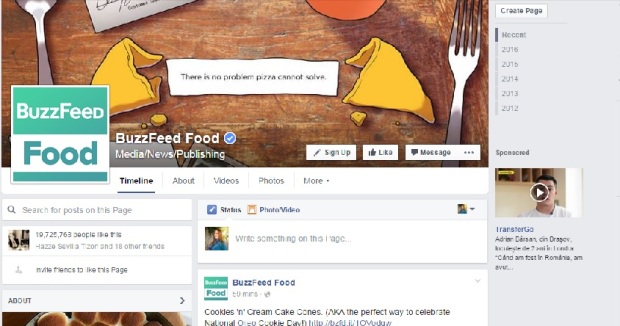
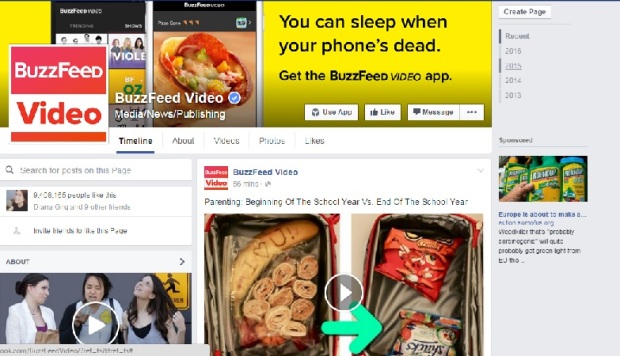


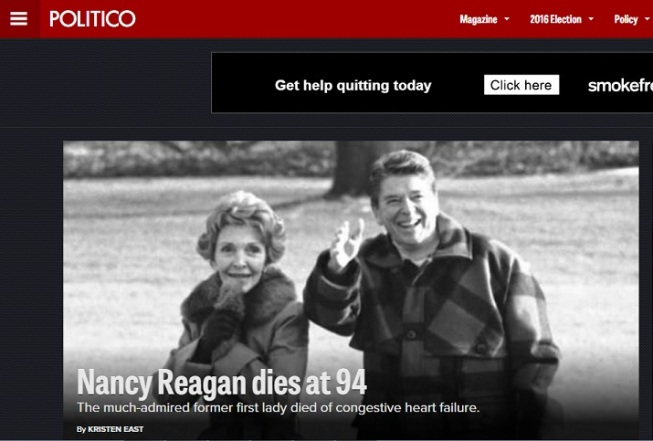

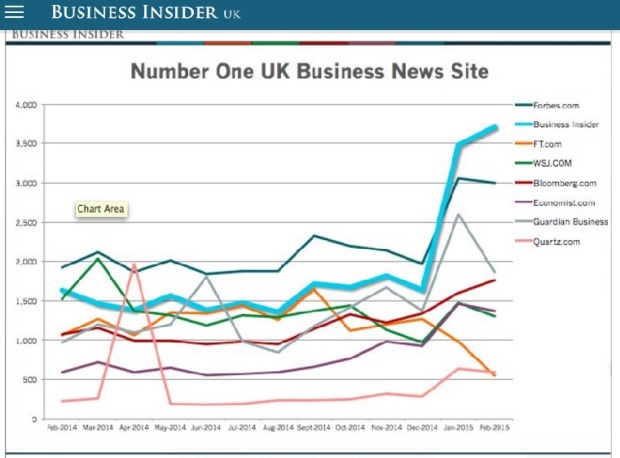
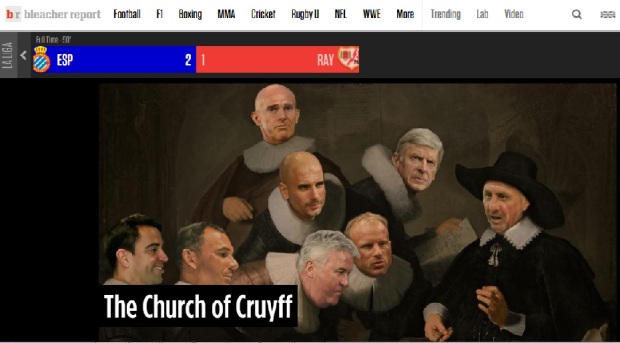



Recent Comments